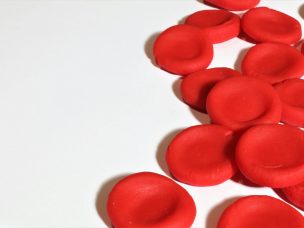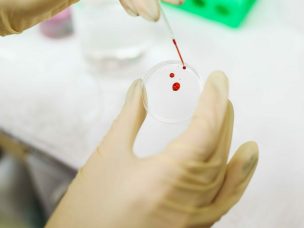The influence of hydroxyurea on fertility is complex, and cryopreservation appears to be a good method for mitigating any deleterious effects, as indicated by the birth of at least one infant in a recent study cohort after using cryopreserved semen.
Many men with sickle cell disease experience reproductive health issues. Pubertal delay is linked to sickle cell disease (SCD), although little is known about puberty onset among male SCD patients. Infertility is frequently observed in men who do not undergo hydroxyurea (HU) therapy; less than 10% of these men exhibit normal semen analysis results per the World Health Organization’s guidelines. Notably, HU therapy may worsen infertility issues in many people.
Due to these issues, male SCD patients prescribed HU therapy have several fertility preservation options. These include cryopreserving sperm before HU therapy for adolescent boys and adults and temporarily stopping HU therapy when therapy begins in infancy for sperm banking. Adding monthly transfusions throughout the HU-free time should improve fetal preservation. This study was presented as a poster at the 65th American Society of Hematology Annual Meeting and Exposition.
Baseline Characteristics
The study had enrolled 1860 patients as of June 28, 2023, with a total of approximately 2000 participants expected to participate over 5 years. The current median age at inclusion was 24 [IQR: 14-40] years, 44.4% of whom are male. The HbSS genotype was observed in 87% of the subjects. The median length of HU exposure at the time of study was 8.5 years.
Pubertal Onset in Males With Sickle Cell Disease
The mean age at Tanner V stage was not significantly different between males who underwent puberty before initiating hydroxyurea (HU) and those who experienced puberty after HU initiation (15.0 years [IQR: 14.0-16.0] versus 15.2 years [IQR: 14.0-16.0], respectively).
Cryopreservation Patterns in Pubescent Male Participants
Out of the 527 pubescent males, 293 started HU at the age of 17 years or later. Among these individuals, 117 out of 240 (49%) underwent cryopreservation. Out of the 234 individuals who began HU before the age of 17, 23 out of 207 (11%) underwent cryopreservation. The median age at cryopreservation was 26.0 [IQR: 21.0-33.0] years.
Semen Analysis Pre- and Post-Hydroxyurea Treatment
A total of 104 semen analyses were recorded in the database, of which 66 were carried out before the start of HU treatment and 24 afterward. Notably, prior to the sampling, nine of these analyses were carried out with no breaks in HU therapy.
Pre-Treatment Assessment of Patients Initiating Hydroxyurea
Out of the 66 patients who were assessed before starting hydroxyurea (HU) treatment, data was not accessible for 34 individuals. Out of the available findings, 78% (25 out of 32) were within normal ranges, while 22% (7 out of 32) showed abnormalities. These abnormalities included four cases with qualitative anomalies, two cases of azoospermia, and one presenting with both quantitative and qualitative anomalies.
Semen Analysis Post Hydroxyurea
Out of the 24 patients who had their semen analyzed after starting hydroxyurea (HU), 11 patients temporarily stopped the treatment for the procedure. Out of these individuals, three showed normal results and seven showed abnormal results, and data was unavailable for one case. Significantly, a patient with oligospermia effectively employed previously frozen semen to impregnate his girlfriend. In contrast, nine patients continued taking HU before the surgery, leading to seven abnormal findings, one normal result, and data unavailability for one case. Information about HU interruption during cryopreservation was not available for four patients.
Source:
Mariane, D. M. (2023, December 9). Puberty Onset and Preservation of Fertility in Male Patients with Sickle Cell Disease Treated with Hydroxyurea: Data from the European Sickle Cell Disease Cohort – Hydroxyurea Extension (ESCORT-HU Extension) Study. https://ash.confex.com/ash/2023/webprogram/Paper178219.html










